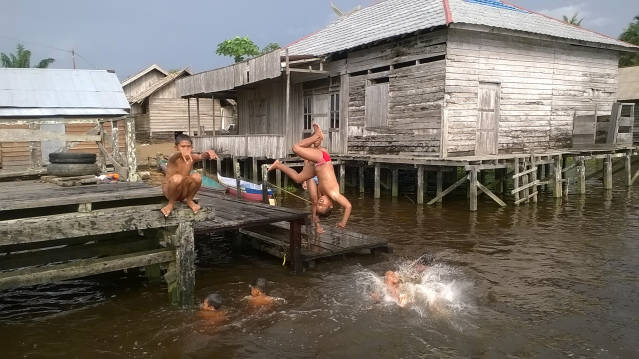This uninhabited lowland peat swamp forest preservation and regeneration project offers strong biodiversity and community benefits that are unequalled by most forest projects we review. It is located in a part of the world that is under high stress from unregulated agricultural practices and is eminently threated by rising temperatures.
The project lands were scheduled to be converted to palm oil plantations as the Ministry of Forestry had declared (in 2011) that it was giving almost half of the project’s territory to a developer for palm oil development, but it was the effort by the project developers that helped overturn this decision and declare the area a protected reserve for many species including the Borneo Orangutans.
This project is particularly strong on financial additionality. A comprehensive financial (net present value or NPV) analysis was provided to substantiate the most profitable alternative (oil palm plantation) is the most likely project scenario. The project applied the highest and most conservative values based on the results of the NPV analysis, which showed that the NPV of oil palm production was 200% more than the project activity. The financial model was confirmed through review of materials that substantiate NPV assumptions including but not limited to literature sources, carbon credit value estimates, and commodity price change.






























